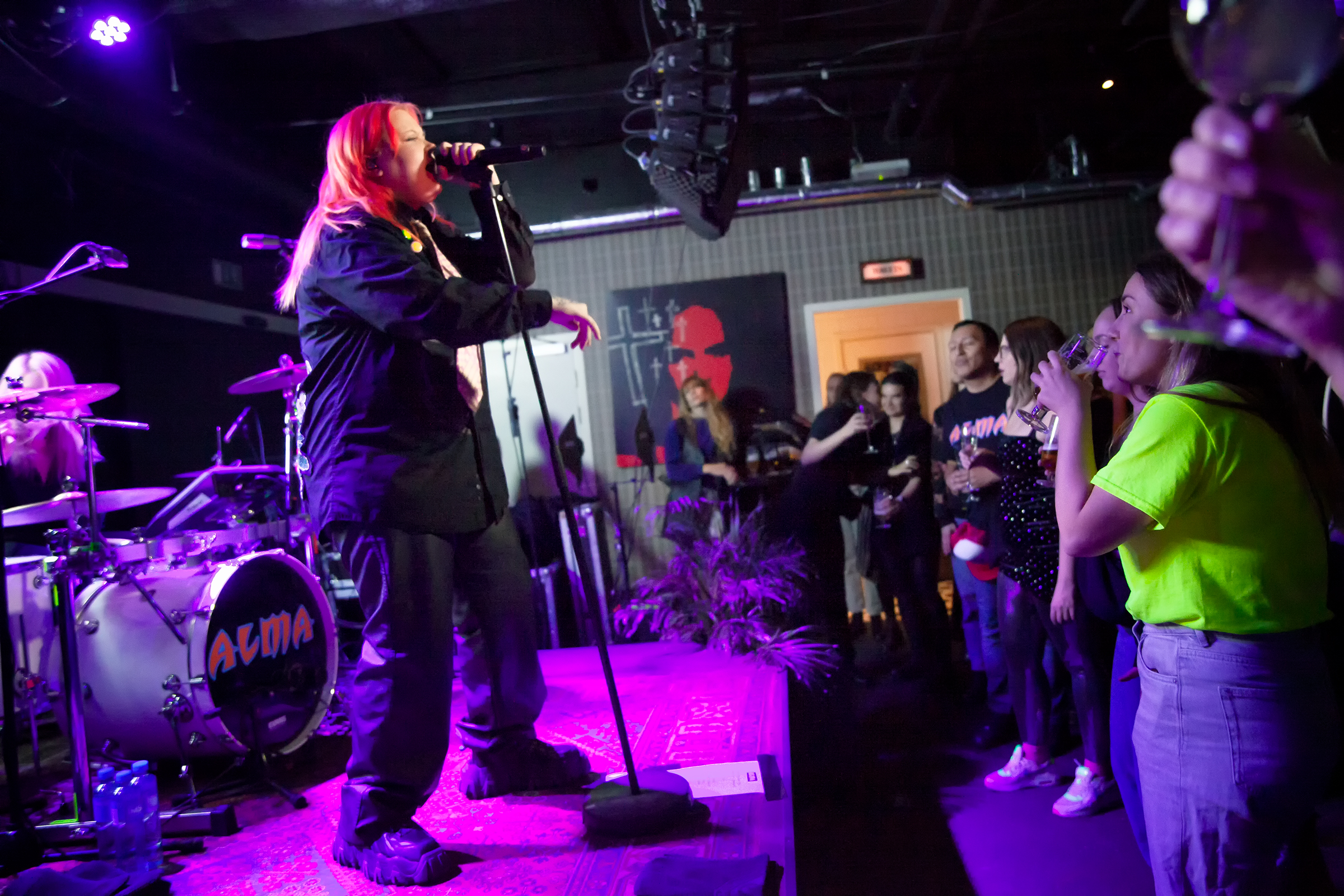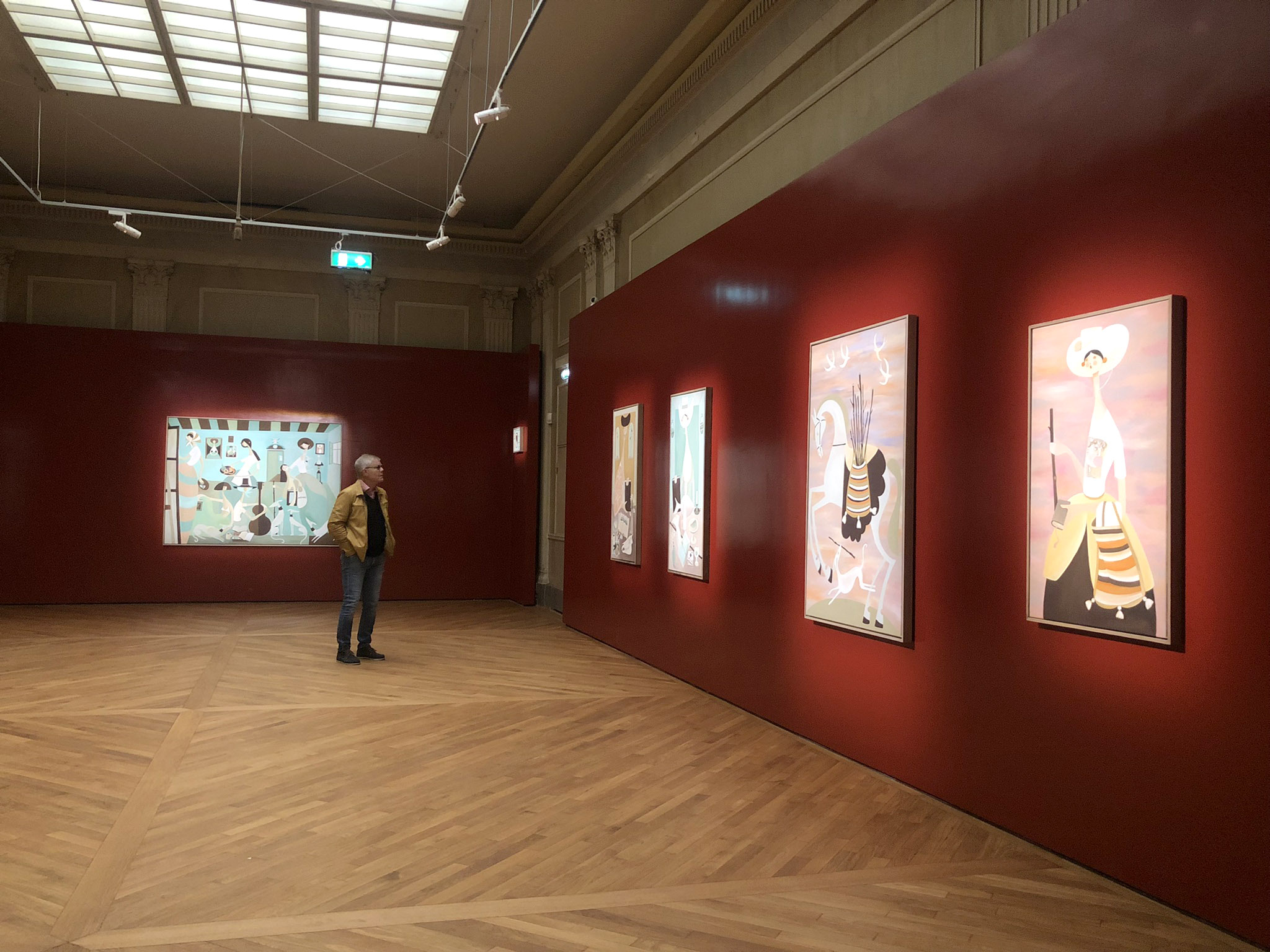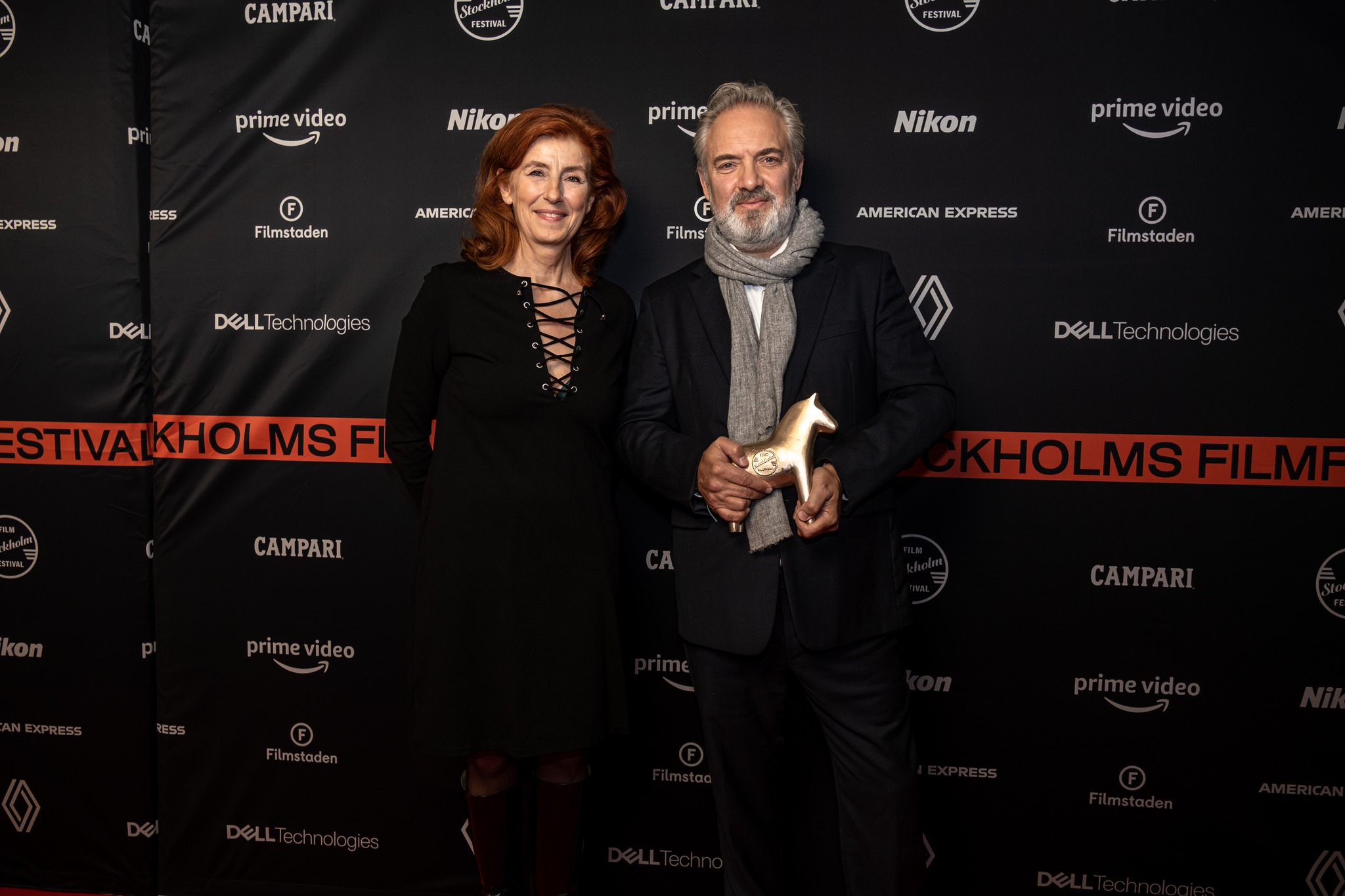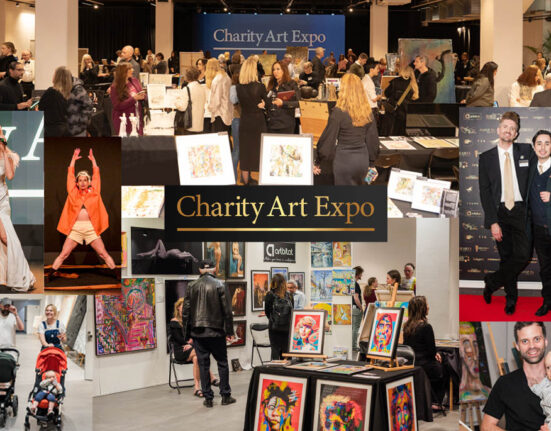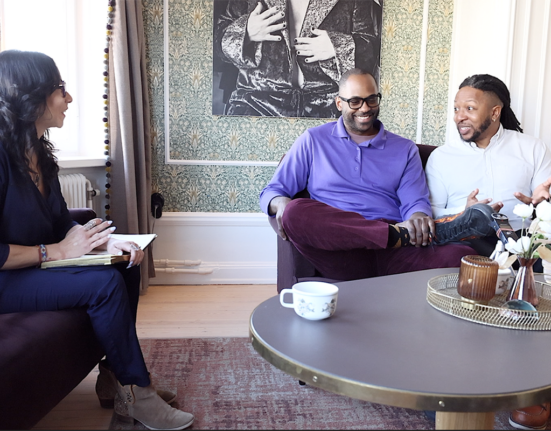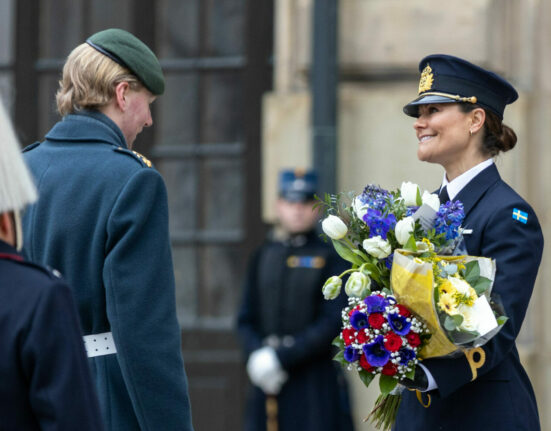YLC’s fashionista, Victoria Hussey, caught up with 2012 Rookies nominee and up-and-coming, sleek, Swedish designer Karin Bjurström of Alice Fine to uncover the person behind the elusive allusions.
Since the founding the brand in 2010, Alice Fine has been nominated for the Rookies award and has received industry acclaim for its craftsmanship and sculptured designs. The name “Alice Fine” is an allusion to a verbal code: all is fine and, with such an anonymous starting point, the brand’s collection for spring/summer 2014 with soft, fluid shapes in dappled shades and hockey masks seems only to add to a sense of mystery.
But who is the integral woman behind Alice Fine? Who is Karin Bjurström?
Well, on this golden, autumn day in Stockholm, shivering outside a dress rehearsal for contemporary dance performance at Turteatern, I was about to find out…
Your Living City: So how did designing costumes for a dance show come about?
Karin Bjurström: I met Helena Franzén (the choreographer) when I was working with V Avenue Shoe Repair on a project. We’d already worked together on a fashion collection project called I’m Not Looking Back in 2010 and she asked me if I wanted to this one.
YLC: How different is the process of designing for a dance show to working on a fashion collection?
K.B: It’s really, really different. We actually changed everything after the first few shows of the tour; I couldn’t be there so this meant I couldn’t see how the light looked on the fabric we’d chosen, for example. The performance is really close; last time when I designed for Helena, there was a lot of space between the performers and the audience so we had to really blow everything up – the details – so the plan was to work with crazy colours and a slim silhouette. But when the audience is so close it felt like perhaps the dancers were too exposed, too nude; so we changed direction completely and did something that really flowed, like the way water runs. It was much more basic, something you would wear when you’re just chilling at home.
YLC: Branching out into different creative outputs seems like something you really enjoy…
K.B: Yes. I really like working with others; when you create something from scratch and everyone’s involved in the music, the lighting… I think also it’s fun working with someone else’s ideas; to visualise what they’re thinking.
YLC: You showed your spring/summer 2014 collection at the Mercedes Benz Stockholm Fashion week in August where you used real models as… mannequins?
K.B: I had so many hesitations using models in the first place for the presentation. Sometimes it’s like, if you want to play the game you have to go by the rules, but I don’t like the idea of using models as mannequins. I thought long and hard about even doing it because I know those kind of things can happen (one of the Alice Fine models fainted during the presentation- ed’s note). They’re standing up for a long time so I told them, “Girls, you have to eat, you have to drink,” and they were also supposed to change places with each other when they got tired but it just got so hot so fast. She was ok, but for me, I want the models to be treated like human beings, not mannequins.
YLC: So what about the collection itself? In a press release you gave the idea of natural and man-made protection as one of your key influences for next season.
K.B: Yes, half of it was that and the other half came from the material itself. I’d been looking at sportswear. I made a knitwear collection that was not actually in the Fashion Week show which had elements of hockey padding – boxing shorts too – and then I found an amazing fabric with a stream-like pattern. I always try to pick some kind of inspiration from nature; to get it out there that I want to work in a sustainable way, but without talking too much about the eco-ness of it. People like to write about eco but it doesn’t work; people don’t really know what the word sustainable is, so I just decided the nature motif would be my way of showing that I want to be friendly towards nature.
YLC: Do you think emphasising the importance of nature is a Swedish thing to do?
K.B: Yes. I think all Swedes are inspired by nature. It’s probably because the weather changes so much out here and Swedish people are very romantic and nature-loving; it’s about cherishing your country. In the summer especially, people try to get out as much as they can.
YLC: Your models wore masks at the Mercedes Benz Fashion week, which was obviously visually very striking. Where did that idea come from?
K.B: It came completely from the fact that I didn’t want the models and the audience to have eye-contact. It becomes so strange to have a group of girls in a room; they become like animals in a cage, which I don’t like, and it’s awkward for them so I wanted them to have some kind of privacy in a fashionable kind of way. I didn’t want to create some kind of really crazy mask, it had to be something that would work. I really like mashing up high-tech and nature – they are two of my main inspirations. I like working with organic materials but also something very glossy.
YLC: What else inspires you?
K.B: I’m definitely material-based. I’d say 70% of what I do is finding stuff that I like and seeing what I want to make out of it. I’m not one of those designers that can sketch out everything on the computer and then make it; I really want to see everything in the right fabric and work hands-on with the materials. If I could choose, I’d just have a giant amount of textiles around and just go crazy!
YLC: If you had a massive budget, where in the world would you go for inspiration?
K.B: There are so many places! It’s so clichéd to go to the certain places where all designers go, like Marrakech for example. But just going anywhere really helps. I like London a lot actually, that would be nice. Maybe I’d explore Paris a little more.
YLC: Which other Swedish designers do you admire?
K.B: Minna Palmqvist. She’s definitely doing something that is so different from everyone else by staying true to her own aesthetics, her own philosophy. There are so many other good up-and-coming brands in Sweden too.
YLC: What about the city, Stockholm? You live and work here, how does the city affect your work?
K.B: You can’t help but get affected by things around you, but I do think it’s so silly that everyone looks exactly the same. It’s so obvious when you go to other cities, you can see how affected you are by your surroundings. It’s hard to break away from. I don’t have any sort of crazy style myself anyway – I know I look a lot like a Stockholmer. I also have to make clothes the Stockholm crowd would buy because they’re my customers. If I could, I would try to make it my brand more international, but it’s not going to happen for a long time.
Alice Fine may not be seeing more international shelves any time soon, but that doesn’t mean the brand isn’t going places. With finely-crafted designs that not only test boundaries, but also carry an important environmental message; Karin Bjurström is a name you’ll be hearing again for sure.
Victoria Hussey
A self-confessed country-girl, Victoria swapped English village life for city-living in Stockholm in April 2013. She has spent the last five months swotting up on Swedish fashion and grappling with an increasingly Stockholm-influenced (namely black) wardrobe. Victoria enjoys travelling to far-off lands, alternative music and wishes someone would invent some kind of socially-acceptable breakfast ice-cream.
Follow Victoria and Your Living City on Twitter!

